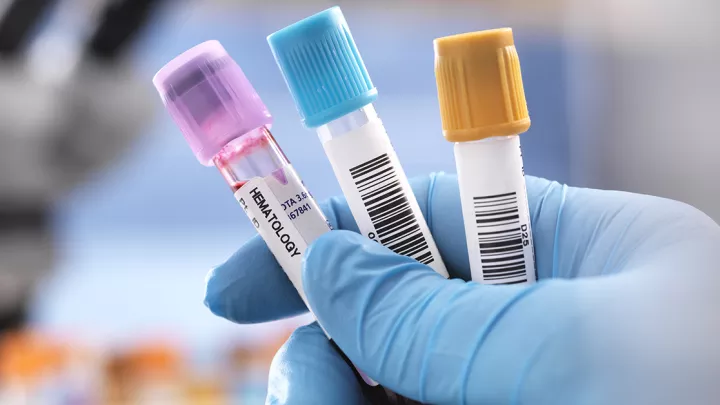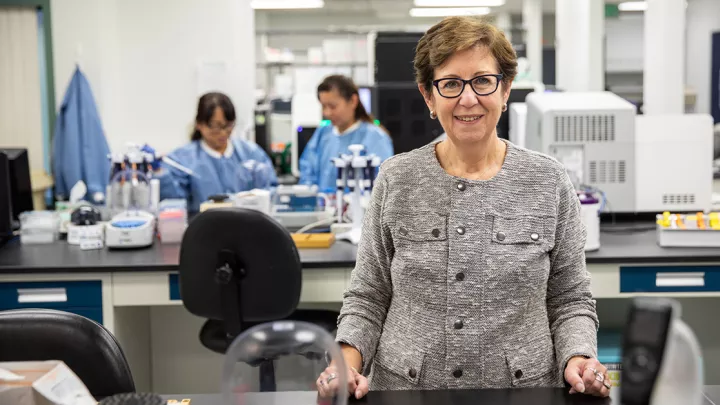Eye Birth Defects Program
The Eye Birth Defects Program in The Vision Center at Children's Hospital Los Angeles treats and studies a full spectrum of congenital diseases that result in anatomic abnormalities of the eye and optic nerve, including optic nerve hypoplasia, the leading cause of blindness in infants in the United States. The Eye Birth Defects Program is the leading research center in the epidemiology and management of this and other devastating eye birth defects.
The program is known worldwide for its extensive research program and successful outcomes for children with extraordinary eye disorders. Under the direction of Mark S. Borchert, MD, the Eye Birth Defects Program collaborates with other organizations and medical professionals in a quest to find answers for complex optic nerve disorders and other pediatric eye conditions.
We are the leading research center in eye birth defect conditions of:
- Aniridia
- Hydrocephalus
- Hypopituitarism
- Morning glory syndrome
- Ophthalmic cysts
- Optic Nerve Hypoplasia
- Septo-Optic Dysplasia
Optic Nerve Hypoplasia (ONH) Leadership
ONH occurs when a child’s optic nerves fail to develop fully during early pregnancy, resulting in reduced vision or blindness. ONH is now the foremost single cause of blindness and visual impairment in infants in the United States.
Optic Nerve Hypoplasia Brochure

Eye Birth Defects Research
Our commitment to research in the Eye Birth Defects Program has led to the development of new knowledge about optic nerve hypoplasia, hypopituitarism, septo-optic dysplasia and other epidemic conditions. We are conducting the largest clinical study in the world to determine outcomes and risk factors involved with optic nerve hypoplasia. With more than 200 subjects enrolled, we remain optimistic about the insights we will discover that may lead to improved treatments for these complex diseases.
Find out more about our research activities by viewing the bios of the team members below:
- Pamela Garcia-Filion, MPH


